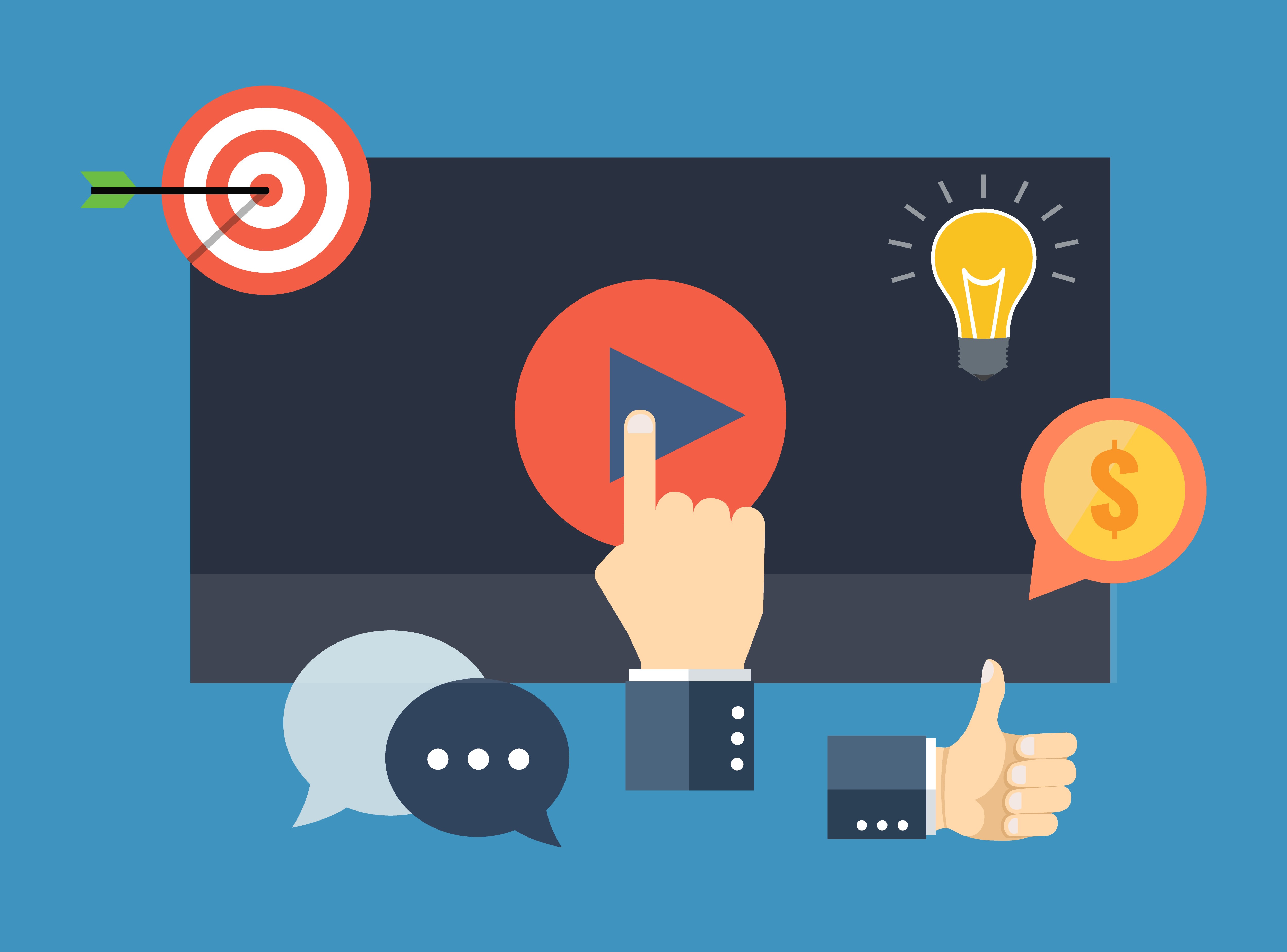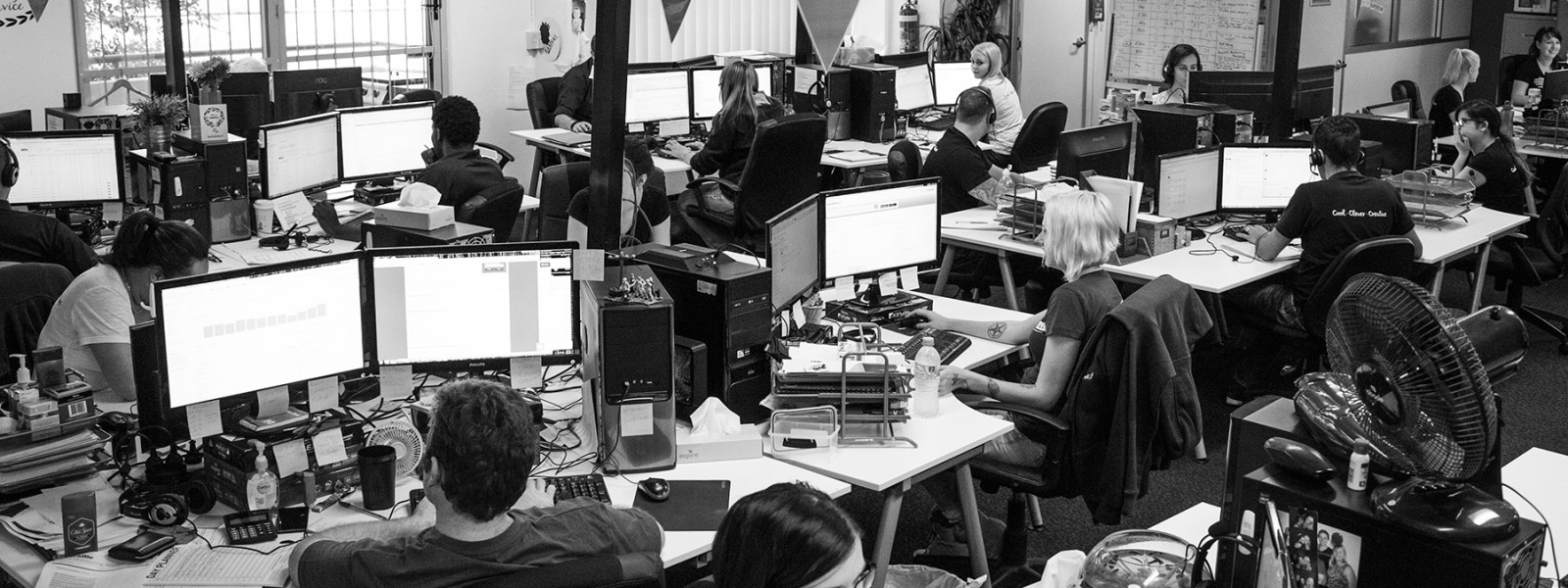-
Traffic
Get More Traffic
SponsoredLinX offers a number of different services to help drive more qualified traffic to your website. Google Ads Management Search Engine Optimisation Microsoft Ads Facebook Advertising Google Ads Mobile“SponsoredLinX are a rarity in today’s market place, they promise a lot but deliver more. Our business has grown by over 400% in one month; we are amazed at the difference they have made.”
-
Conversion
Convert More Leads
Our second step is making sure that your website is able to convert the traffic you receive into leads for your business. Optimising your website to convert more leads is important to a profitable campaign. Web Development Convertopages Do It For Me eCommerce“I just want to say thank you! The changes that you have applied in our AdWords campaign have definitely seen an improvement on click quality and sales for HippityHop.”
-
Retention
Retain Your Customers
As you build up a customer base you need to make sure to keep engaged and retain your relationship. Facebook Management LinX App“SponsoredLinX fully redesigned our main company website with a fresh, clean and professional look. The ‘Google friendly’ web design were part of the fantastic ongoing service we received.”

Video Advertising Campaigns In 2017 – Our Top 10!
It’s that time of year again where we take a moment to reflect on what 2017 was. What’s changed? What did we learn? What’s made an impact?
At SponsoredLinX, we constantly use big brands as inspiration. While most business can’t advertise on a scale as international brands do, we can take the message or the approach, and apply it to our own branding.
And so, in that spirit, I’ve compiled the top 10 most inspiring/unusual/exciting video advertising campaigns for the past calendar year. In my humble opinion, of course.
Now, as a small business owner or marketer, the aim is to now watch these and feel like you need to match it. The truth is, you can’t, nor can we! The point is to see where your brand could be, to see what these companies are trying to say and how they’ve said it. And take that sentiment, and see how you can figure it into your marketing plans going forward.
So, pop your headphones in and tell your boss you’re on an important call because it’s time to count down our top 10 video advertising campaigns of the year 2017!
#10 The Truth Is Hard To Find – The New York Times
We find ourselves in a strange time. The political turbulence across the world was meant to make journalism feel more important. Sadly, it’s struggled.
‘The Truth Is Hard To Find’ from the New York Times attempts to show the viewer how important the role of a journalist can be. Timed alongside a similar print campaign, the video is made up of photos narrated by the people who took them.
It’s a simple yet striking campaign that went some way to remind us how important the truth is, and why we can’t let others define what’s true, and what isn’t.
#9 Play This At My Funeral – Spotify
Spotify worked with Wieden + Kennedy, an ad agency in New York, to create a series of ads focused on user playlists, singling out the obscure.
This was in response to another successful campaign they ran in 2016 where they utilised user-generated data to create memorable billboard ads they plastered all over city centres.
The series of videos featured popular artists like D.R.A.M commenting on the obscure playlists that featured their music with the ‘Play This at my Funeral’ video creating a number of spin-off memes.
What this campaign does is show that simplicity can take you far. Spotify used the info they had on hand to promote the lightheartedness of their company and their users and add an honest angle to the Spotify brand.
#8 Did You Mean MailChimp? – MailChimp
WhaleSynth, MaleCrimp and VeilHymn all sound similar, but not quite.
Email marketing platform giant, MailChimp, created songs, short films, and other playful campaigns about how people often mispronounce their name.
Each mispronunciation had its own style, website and message, which all eventually lead back to MailChimp.
My favourite was KaleLimp, which reveals the origin of this strange vegetable. What does it have to do with email marketing? Nothing. That’s kinda the point.
MailChimp’s campaign this year stands out due to them being so broad and abstract. It’s designed to reach people on different levels, whether that’s in a cinema or browsing the web or even listening to Spotify. They all end in the same way though, “did you mean MailChimp?”
#7 Search It – McDonald’s
The fact that McDonald’s is the most visible food brand in existence is not a surprise. What is unexpected, however, is that their latest ad campaign doesn’t mention their brand at all.
McDonald’s dedicated agency, Omnicom, launched a campaign to encourage people to search online and ask where one can buy the best Coca-Cola. The ad features Mindy Kaling, dressed subtly in yellow, and encourages user participation.
Does she say McDonald’s once? Does it say McDonald’s at any point? There’s something really valuable about not mentioning yourself despite it being blatantly obvious once you’ve participated in what the ad asks you to do.
At SponsoredLinX, we’re fans of leveraging relationships and using the power of influence to convert new customers. In 2018, we expect McDonald’s to continue to leverage other companies and influencers to drive more sales.
#6 Worlds Apart – Heineken
In April of this year, two campaigns by two major companies released advertising campaigns with similar themes. One was retracted after 24 hours, and the other saw international praise. These were from Pepsi and Heineken, who showcased ‘people from different backgrounds coming together over a drink’.
I won’t get into the Pepsi effort here – it’s really been done to death- but instead, let’s examine Heineken’s brilliant ‘World’s Apart’.
In it, we see people who’ve never met assemble flat pack furniture and, in the process, get to know each other.
They then sit at the bar they’ve built and discover through a video they’ve been paired with an ‘opposite’ – a climate change denier with an environmentalist, a feminist with an anti-feminist, a transgender woman with a man who believes transgenderism is ‘wrong’.
They’re given a choice, leave immediately or enjoy a cold Heineken together and put their differences aside.
Of course, they choose the beer – it’s an ad after all. It landed well though and proved that with correct execution, big brands can take on social and political issues.
#5 The Earth Ad – Apple
As a self-confessed Apple fanboy, it’s hard to remain neutral. However, even the most loyal Android user can’t fault this campaign. The concept isn’t anything new, but right now couldn’t feel more relevant.
The ad is almost a direct response to American president Donald Trump’s plan to remove the USA from the Paris Climate Agreement. Politically charged marketing is becoming more and more common in response to his leadership, and that’s not necessarily a bad thing.
In addition, the ad pulls at your heartstrings. That could come down to the cinematic narration or the powerful Attenborough-esque imagery – either way, it may leave a tear in your eye.
Ultimately, the ad conveys a strong message in an effective way all the while leading with a USP of their products. (Steve) Jobs well done in my opinion.
#4 The Place App- IKEA
I put this so high on the list not because it’s so groundbreaking, but because the second I’d finished watching it I downloaded the app it was advertising. So, the job was done on their part.
IKEA’s “Place” app that makes use of the augmented reality features we now all have in our pockets lets you see how furniture would look in your home. It’s a fantastic example of how to create a branded experience that uses trending tech and is of genuine use to a consumer.
Aside from all the fun you can have placing virtual couches in the middle of the road, and jazzing up your apartment as if you were playing The Sims, it helps people actually make more informed decisions about their furniture purchases.
It also removes arguments with your wife over whether a new coffee table will suit your lounge in a store in front other arguing couples. A public service indeed.
#3 Google Home Of The Whopper- Burger King
Was it invasive? Sure. Did it piss people off? You bet. Was it good advertising? You’re damn right!
Making use of Google’s voice assistant, the 15-second spot intentionally got people’s phones to start yapping to their owners about the Whopper burger.
It was a massive risk, essentially tricking people into hearing about their burger, but you’ve got to appreciate both the audacity and the wit. And Burger King was thrilled with the one-time stunt, which was a major PR coup.
#2 The Ice Bucket Challenge/Harlem Shake – Connect Internet
Yes, an Ice Bucket Challenge and a Harlem Shake are on a 2017 list. Weird, I know.
When you have slow internet you come late (or in this case, very late) to online fads. This fun campaign by Connect Internet in Lebanon illustrated this hyperbolic conceit in hilarious fashion by showing locals doing the Ice Bucket Challenge and The Harlem Shake long after their peak popularity.
#1 Breaking2 – Nike
You’ve got to respect the bravery of a campaign that’s willing to fail. Which, as it turns out, is the best part of Nike’s Breaking2 campaign. Created to sell their VaporFly Elite running trainers, Nike set out to achieve something that’s never been done before – complete a marathon in less than two hours.
It seems impossible, and yet when all was said and done, Nike’s runners missed their goal by a matter of seconds.
One can only wonder how the campaign’s success had the runners crossing the finish line in less than two hours, but I can’t think of a hashtag to accumulate as many impressions as #Breaking2 did. So, you can’t call that anything but incredibly successful.
Maybe it resonated so much with myself and many others because, ultimately, the runners failed. It was an incredibly human moment from such a monster brand. Either way, Nike’s whole thing is getting people to push their limits, and this showed that perfectly.
So there you have our top 10 video advertising campaigns of 2017. Amazing as all these campaigns were, there’s a lesson for your small business to learn here. Don’t just think outside the box, forget the box even existed, and market yourself in a way that’ll resonate.

